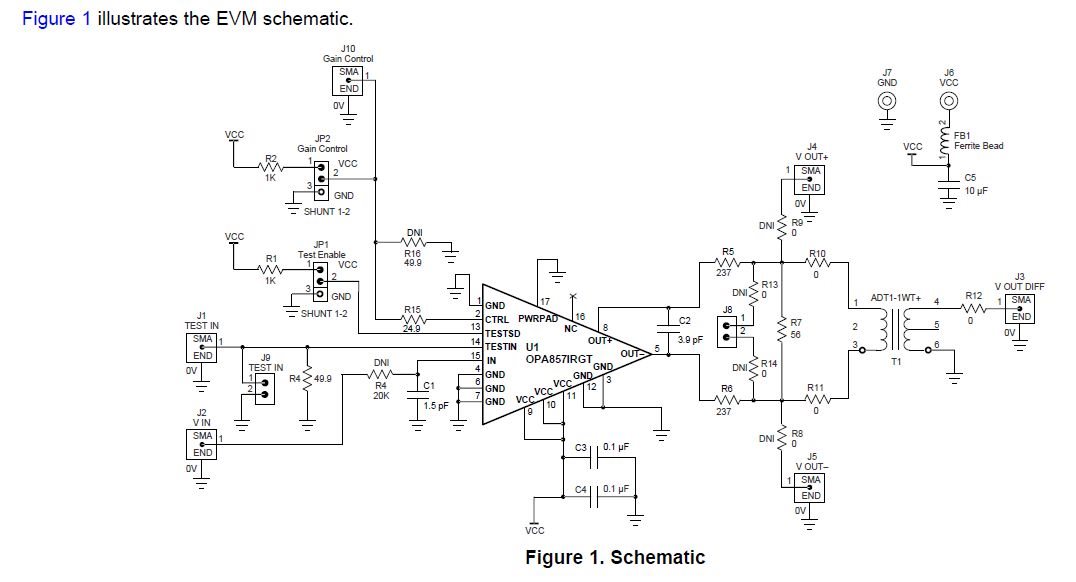hello to everyone,
I am currently using a fast transipendance amplifier based on OPA857 (20KOhm gain setting) and an Hamamatsu PIN diode S5973 0.8pF@5V. I think that, between other problems, the connection from the PD to the OPA857 has too much capacitance preventing expected bandwith results and increasing the noise. I note that I will also benefit with an extra gain, a factor 10 will be more than enough.
For this reason, I was looking for a more integrated and performant solution. I have seen that you demonstrate an Optical front end with OPA857 and THS4541, the TIDA-00725.
Now, TI authors have added the designs, BOM PCB and the schematics for the signal chain circuit and laser diode source circuit in the files tidcbf1.zip and tidcbf2.zip. Very good, very useful for me, but I see that Gerber files contained in the tidcbf1.zip and tidcbf2.zip are sometimes duplicated copies of one design and are missing intermediated layer says, layer 2 and 3. Is it possible?
where I will found the files for the 4 layers
thank you very much




